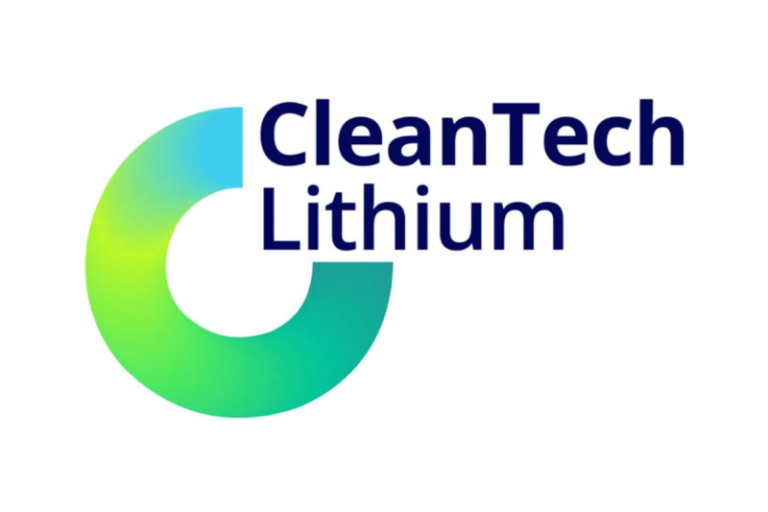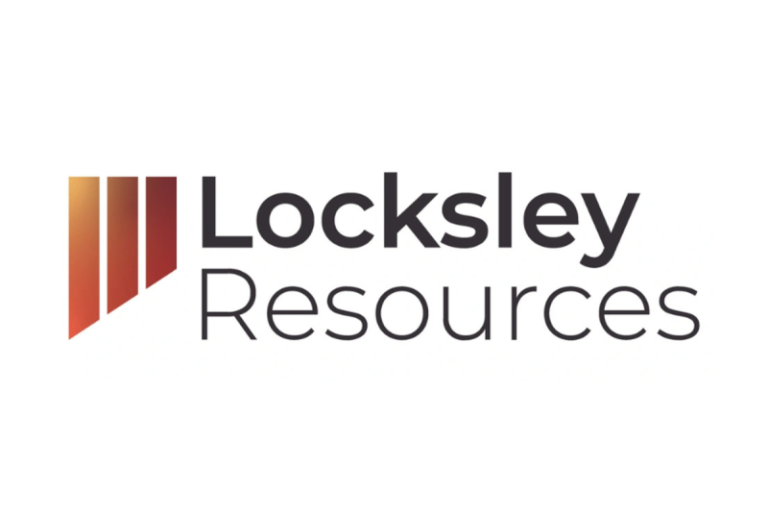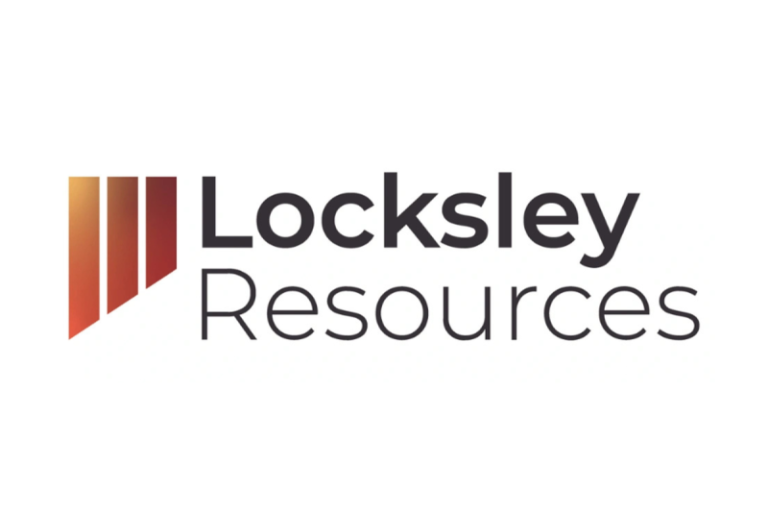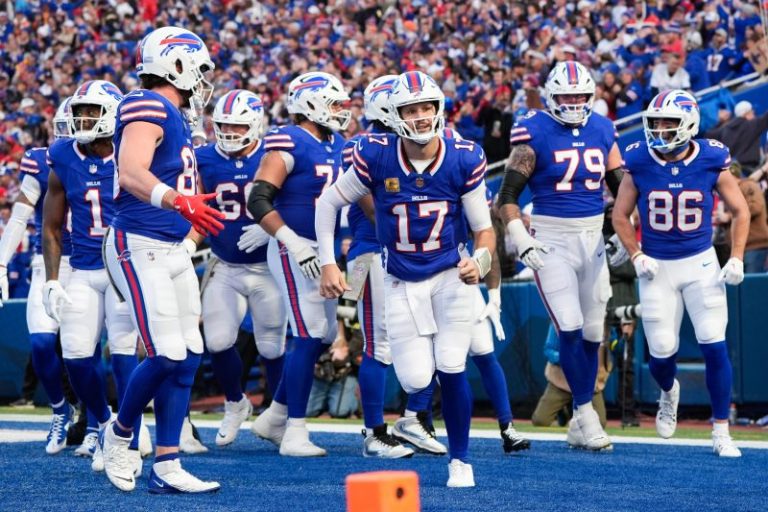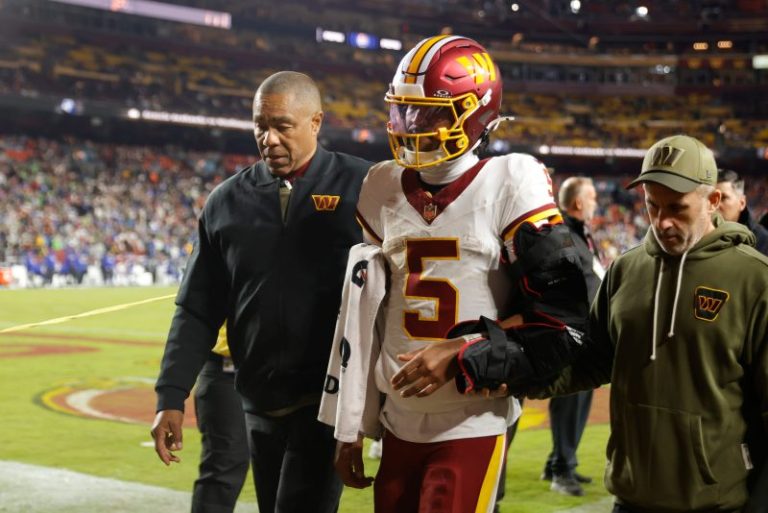Investor Insight
Executing a well-defined project development strategy for its lithium assets and advancing Direct Lithium Extraction (DLE), CleanTech Lithium is poised to become a key player in the supply of lithium carbonate and the global battery market.
Overview
CleanTech Lithium (AIM:CTL,Frankfurt:T2N) is a resource exploration and development company with three lithium assets in Chile, a world-renowned mining-friendly jurisdiction. The company aims to be a leading supplier of ‘green lithium’ to the electric vehicle (EV) market and growing Energy Storage Systems (ESS) market, leveraging direct lithium extraction (DLE) – a low-impact, low-carbon and low-water method of extracting lithium from brine. DLE enables lower grade projects to be economically viable. New projects using this method will be critical to meet the forecasted demand.
Lithium demand is soaring as a result of a rapidly expanding EV market and ESS proposed pipeline of projects. As part of Chile’s National Lithium Strategy, the company’s flagship Laguna Verde has been named one of six salars prioritized for development — positioning CleanTech Lithium as a key private partner in unlocking the country’s lithium potential.
With an experienced team in natural resources, CleanTech Lithium holds itself accountable to a responsible ESG-led approach, a critical advantage for governments and major car and battery manufacturers looking to secure a cleaner supply chain.
Laguna Verde is at pre-feasibility study stage which is to be completed imminently. Based on previous drilling campaigns from 2022 to 2024, the project has a JORC resource estimate of 1.63 Mt of lithium carbonate equivalent (LCE) while Viento Andino boasts 0.92 Mt LCE, each supporting 20,000 tons per annum (tpa) production with a 30-year and 12-year mine life, respectively and based on the Scoping Studies published in 2023. The latest drilling programme at Laguna Verde finished in June 2024, results from which will be used to convert resources into reserves.
The company is carrying out the necessary environmental impact assessments in partnership with the local communities. The indigenous communities will provide valuable data that will be included in the assessments. The company has signed agreements with three of the core communities to support the project development.
DLE Pilot Plant Inauguration event held in May 2024 with local stakeholders and indigenous communities in attendance
Salar de Atacama/Arenas Blancas comprises 140 licenses covering 377 sq km in the Salar de Atacama basin, one of the leading lithium-producing regions in the world with proven mineable deposits of 9.2 Mt.
CleanTech Lithium is committed to an ESG-led approach to its strategy and supporting its downstream partners looking to secure a cleaner supply chain. In line with this, the company plans to use renewable energy and the innovative DLE process across its projects. DLE is considered an efficient option for lithium brine extraction that makes the least environmental impact, with no use of evaporation ponds, no carbon-intensive processes and reduced levels of water consumption. In recognition, Chile’s government plans to prioritize DLE for all new lithium projects in the country.
CleanTech Lithium’s pilot DLE plant in Copiapó was commissioned in the first quarter of 2024. To date, the company has completed the first stage of production from the DLE pilot plant producing an initial volume of 88 cubic metres of concentrated eluate – the lithium carbonate equivalent (LCE) of approximately one tonne over an operating period of 384 hours with 14 cycles. Results show the DLE adsorbent achieved a lithium recovery rate of approximately 95 percent from the brine, with total recovery (adsorption plus desorption) achieving approximately 88 percent. The Company’s downstream conversion process is successfully producing pilot-scale samples of lithium carbonate . As of January 2025, the Company is producing lithium carbonate from Laguna Verde concentrated eluate at the downstream pilot plant – recently proven to be high purity (99.78 percent). Click for highlights video.
CTL’s experienced management team, with expertise throughout the natural resources industry, leads the company toward its goal of producing green lithium for the EV and ESS markets. Expertise includes geology, lithium extraction engineering and corporate administration.
Company Highlights
- Proven Commitment to Chile’s Lithium Future: Over US$30 million invested and agreements with local indigenous communities reflect CleanTech Lithium’s commitment to developing sustainable, high-quality lithium assets aligned with Chile’s National Lithium Strategy.
- Clean, Fast, and Efficient Extraction: Utilizing Direct Lithium Extraction (DLE) to deliver battery-grade lithium carbonate faster, at lower cost, and with minimal environmental impact.
- Flagship Project Advancing: The Laguna Verde project is at the pre-feasibility stage, paving the way for strategic partnership discussions.
- Operational DLE Pilot Plant: An active pilot plant in Copiapó designed to produce ~1 tonne LCE, validating scalable, low-impurity lithium production.
- High-Purity Lithium Achieved: In January 2025, the company produced 99.78 percent purity lithium carbonate, confirming product quality.
- Committed to ESG Excellence: An ESG-first approach ensures responsible operations aligned with clean supply chain and focused on developing the project with net-zero goals in mind.
Key Projects
Laguna Verde Lithium Project
The 217 sq km Laguna Verde project features a sq km hypersaline lake at the low point of the basin with a large sub-surface aquifer ideal for DLE. Laguna Verde is the company’s most advanced asset.
Project Highlights:
- Prolific JORC-compliant Resource Estimate: The asset has a JORC-compliant resource estimate of 1.63 Mt of LCE at a grade of 200 mg/L lithium with further drilling planned.
- Environmentally Friendly Extraction: The company’s asset is amenable to DLE. Instead of sending lithium brine to evaporation ponds, DLE uses a unique process where resin extracts lithium from brine, and then re-injects the brine back into the aquifer, with minimal depletion of the resources. The DLE process reduces the impact on environment, water consumption levels and production time compared with evaporation ponds and hard-rock mining methods.
- Scoping Study: Scoping study completed in January 2023 indicated a production of 20,000 tons per annum LCE and an operational life of 30 years. Highlights of the study also includes:
- Total revenues of US$6.3 billion
- IRR of 45.1 percent and post-tax NPV8 of US$1.8 billion
- Net cash flow of US$215 million
Pre-Feasibility Study and Project Development
The Pre-Feasibility Study (PFS) is nearly complete, with resource and wellfield design dependent on the finalized government polygon. This will allow CTL to expand its resources and develop wells on the newly acquired Minergy licences. Please refer to RNS dated 11th August 2025 available at www.ctlithium.com for more details.
Publication of the PFS will be deferred until CTL enters the streamlined CEOL process for confidentiality reasons. With existing infrastructure at Laguna Verde and the carbonate plant in Copiapó, project development conditions remain highly favourable.
CleanTech Lithium is advancing its Special Lithium Operating Contract (CEOL) application with the Chilean Government, which grants rights to exploit and sell lithium within a defined area.
To meet CEOL criteria, CTL recently acquired Minergy’s 30 mining licences at Laguna Verde, increasing ownership to over 97 percent of the government’s proposed project polygon. The milestone-based purchase deal strengthens CTL’s position and, together with shareholder support, is expected to enable entry into the streamlined CEOL process — a key milestone that could drive a major revaluation as the company capitalizes on the lithium market recovery.
Viento Andino Lithium Project
CleanTech Lithium’s second-most advanced asset covers 127 square kilometers and is located within 100 km of Laguna Verde, with a current resource estimate of 0.92 Mt of LCE, including an indicated resource of 0.44 Mt LCE. The company’s planned second drill campaign aims to extend known deposits further.
Project Highlights:
- 2022 Lithium Discovery: Recently completed brine samples from the initial drill campaign indicate an average lithium grade of 305 mg/L.
- Scoping Study: A scoping study was completed in September 2023 indicating a production of up to 20,000 tons per annum LCE for an operational life of more than 12 years. Other highlights include:
- Net revenues of US$2.5 billion
- IRR of 43.5 percent and post-tax NPV 8 of US$1.1 billion
- Additional Drilling: Once drilling at Laguna Verde is completed in 2024, CleanTech Lithium plans to commence further drilling at Viento Andino for a potential resource upgrade.
Arenas Blancas
The project comprises 140 licences covering 377 sq km in the Salar de Atacama basin, a known lithium region with proven mineable deposits of 9.2 Mt and home to two of the world’s leading battery-grade lithium producers SQM and Albermarle. Following the granting of the exploration licences in 2024, the Cleantech Lithium is designing a work programme for the project.
The Board
Steve Kesler – Independent Non-executive Chairman
Steve Kesler has 45 years of executive and board roles experience in the mining sector across all major capital markets including AIM. Direct lithium experience as CEO/director of European Lithium and Chile experience with Escondida and as the first CEO of Collahuasi, previously held senior roles at Rio Tinto and BHP.
Ignacio Mehech – CEO
Ignacio Mehech brings over a decade of senior leadership experience in the lithium and mining sectors. During his seven-year tenure at Albemarle—the world’s largest producer of battery-grade lithium—he spent the last three years as Country Manager in Chile, overseeing a workforce of 1,100 and managing critical relationships with government, indigenous communities, and other key stakeholders. Mehech brings deep expertise in lithium project development, regulatory engagement, and sustainability. He has led high-profile engagements with global investors, customers, NGOs, analysts, scientists, and international governments. He also played a key leadership role in the El Abra copper operation—a joint venture between Codelco and Freeport-McMoRan—where he led the legal strategy and contributed to corporate transformation initiatives. Mehech holds a law degree from the Universidad de Chile and a Master’s in Energy and Resources Law from the University of Melbourne.
Paul Atherton – Non-executive Director
Paul Atherton is a Chartered Accountant with extensive experience in corporate finance across professional services and resource companies in sub-Saharan Africa. He served as CFO and later CEO of Heritage Oil, a former FTSE 250 company, before pursuing his interests as an angel investor and board director across the resources, technology, and healthcare sectors. A resident of Jersey, Paul also chairs the Board’s Audit & Risk Committee.

